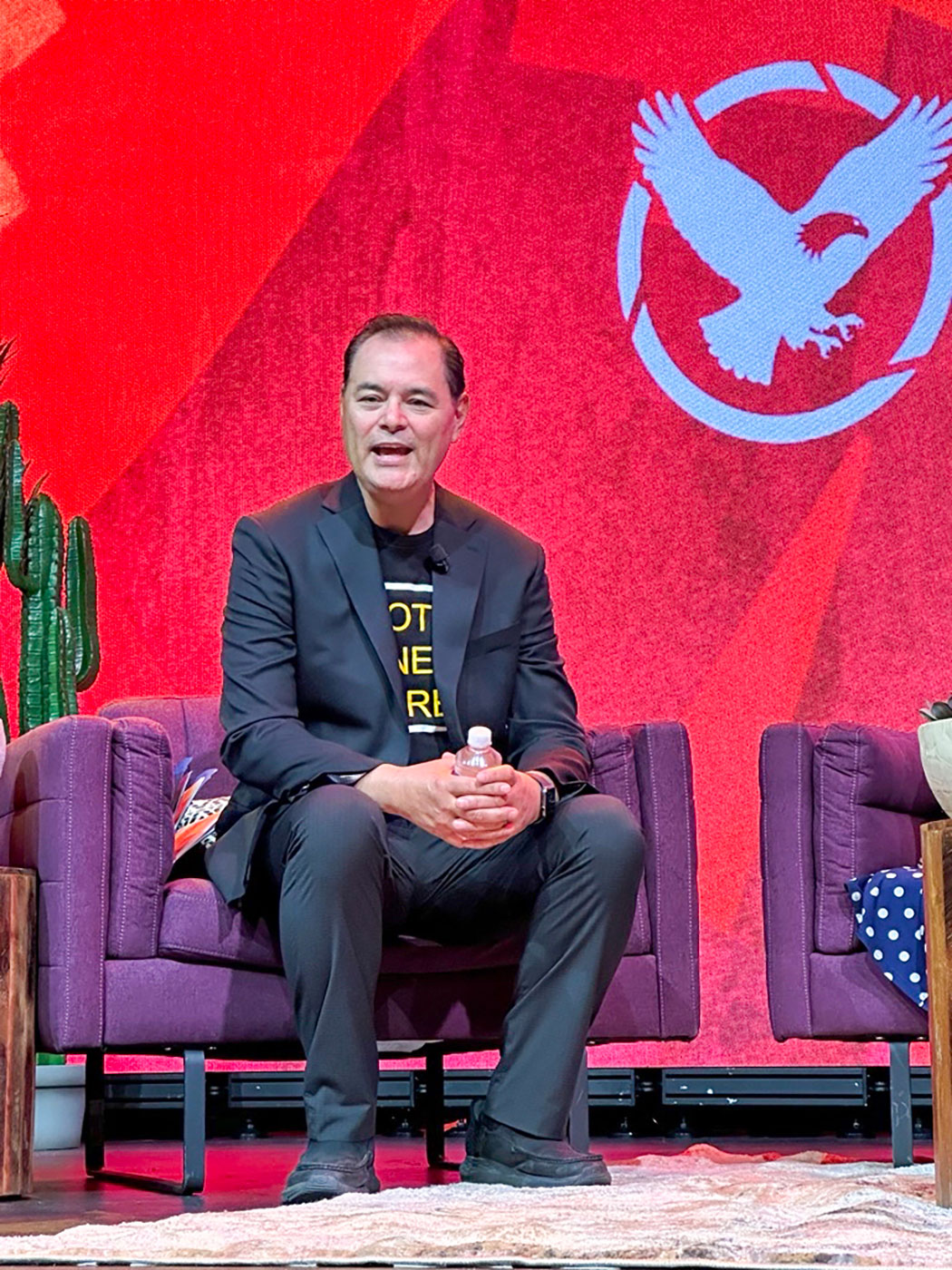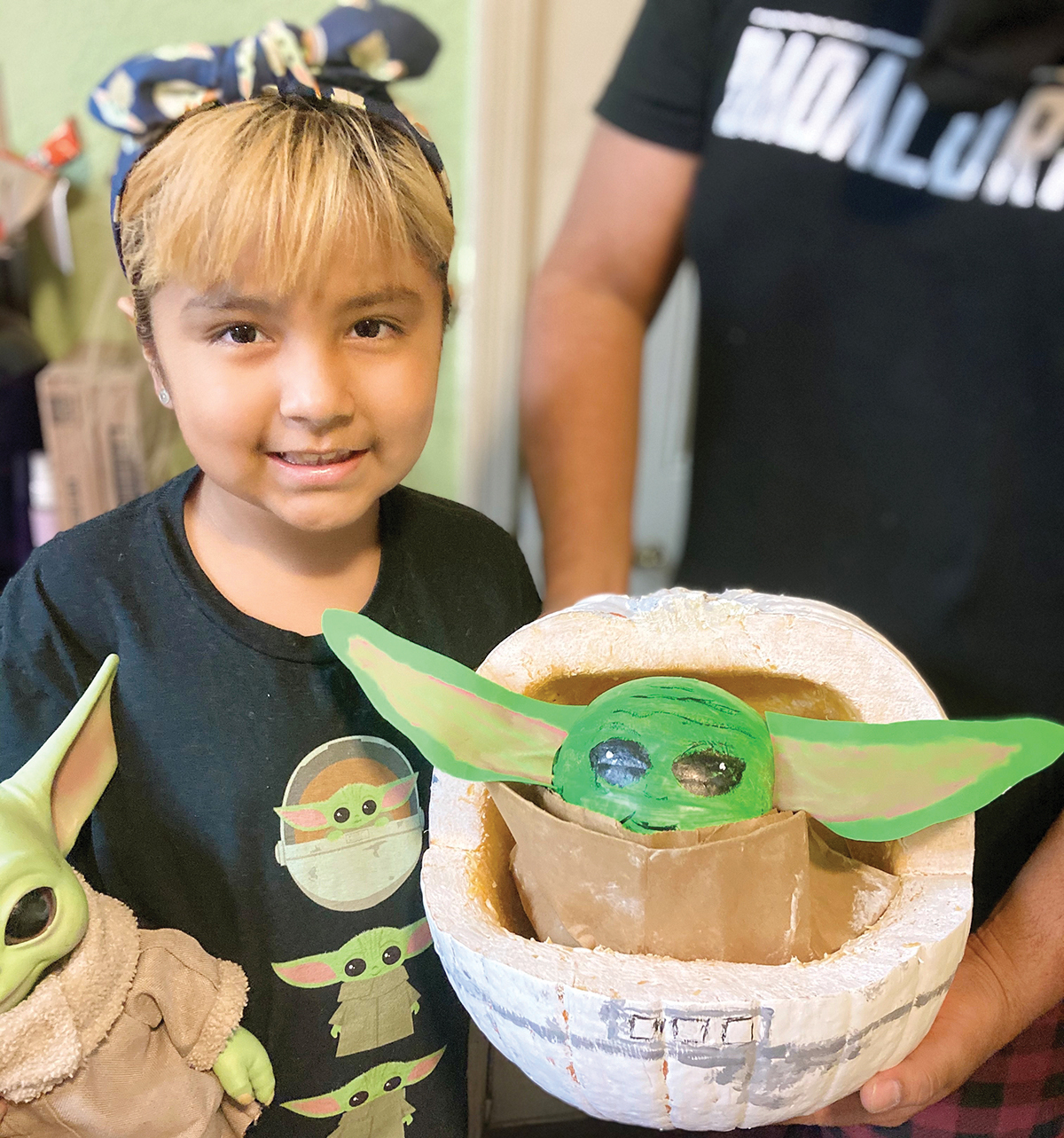VIEWS: 2467
May 3, 20242024 Self-Governance Conference Features SRPMIC Health and Human Services Presentation
The annual Tribal Self-Governance Conference is a gathering of tribal leaders, tribal officials, federal partners and those who work closely with tribal communities to network, share resources and work toward establishing positive and healthy well-being for all individuals in Indian Country. The week-long conference took place April 15-18 at the Wild Horse Pass Resort in Chandler, on the Gila River Indian Community.
On April 17, Chief Public Health Officer Dr. Nancy Mangieri and Health and Human Services Director Joseph Remitera of the Salt River Pima-Maricopa Indian Community made a presentation titled “Five in Five: Increasing the Average Age of Mortality of Salt River Pima-Maricopa Indian Community Members by Five Years in Five Years.” Their presentation was hosted by Melanie Fourkiller, director of Self-Governance and Health Policy for the Choctaw Nation of Oklahoma, and SRPMIC Self-Governance Director Heather Washington.
“‘Five in Five’ started as a challenge from my boss, Community member and Assistant Community Manager Lena Jackson,” said Remitera. “She brought all her division chiefs into a meeting and told us she was tired of the pain and suffering of her Community members. She challenged us to come up with a plan to figure out what we could do to improve the health of the Community.”
After this meeting, Remitera brainstormed about how to improve the health and well-being of the SRPMIC membership. “That’s when I called Dr. Mangieri and said, ‘Can you pull all the mortality numbers in the Community for the last five years?’” said Remitera. When the two finally gathered the death statistics for the Community, Remitera said he and Dr. Mangieri both were shocked at their findings. “We found out that the average age of mortality for SRPMIC members is only 51 years old,” Remitera told the conference attendees.
A collective gasp was heard throughout the Wild Horse Pass Showroom when Remitera revealed that statistic.




In comparison, the average age of mortality for a Scottsdale citizen is 85 years old. “Our community borders Scottsdale, right across Pima Road. On one side, you have people living to 85 years old, and across the street, only 51,” he said.
Factors that contribute to early mortality in the Community include injuries, overdoses, drug/alcohol abuse, sexual/domestic violence, suicide and auto accidents.
The “Five in Five” initiative will work to raise the average age of mortality of the SRPMIC membership by five years within five years. “We want to go from 51 years old to 56 by 2029; that is our goal,” said Remitera.
Dr. Mangieri added, “Access to healthcare can change a community [significantly]. Getting people to demand … a higher level of care is important. Health literacy is part of that,” she said.
As an example of the improved health literacy in the Community, Dr. Mangieri described the availability of Narcan® (naloxone). “We have distributed over 3,000 [Narcan packages] throughout our Community. We’ve made it part of people’s medicine cabinets. It’s not because your family may have substance-abuse issues; it’s because you can save a life. Just like CPR can save a life if someone goes into cardiac arrest. The entire focus for us is to make sure everyone is educated on how to care for one another,” Dr. Mangieri said.
Remitera and Dr. Mangieri continued their presentation by detailing how Community members grew closer during the COVID-19 pandemic, which negatively impacted the mortality rate in the Community. “COVID was a blessing and a curse,” said Dr. Mangieri. The blessing part? “We were able to meet and help Community members who were sick that we otherwise wouldn’t have seen. We distributed over 2,000 thermometers [during the pandemic],” she said. “COVID brought to light the importance of [disease] prevention.”
They also described how the River People Health Center provides high-quality healthcare services to the SRPMIC membership and tribal members across Indian Country. “Our job is to de-stress PIMC (Phoenix Indian Medical Center) so they can have more hospital beds and more specialty services available,” said Remitera. The 200,000-square-foot health center in the Community is a “one-stop shop” for all tribal community healthcare needs.
“We’re going to [accomplish] ‘Five in Five,’” said Remitera. “Then we’re going to [accomplish] 10 in 10, then 15 in 15, 20 in 20, and we’re going to keep going until a baby that’s born of Salt River Pima-Maricopa Indian Community blood has the same opportunities and longevity as a child that’s born across the street in Scottsdale,” Remitera said.







